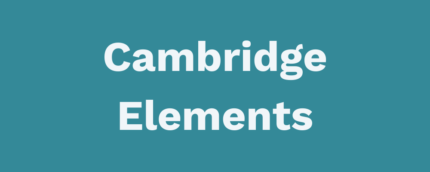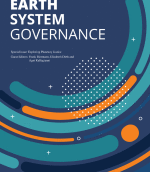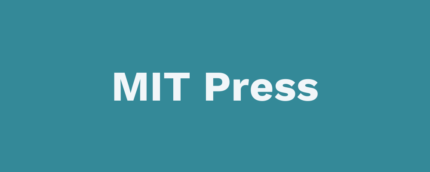When transparency is used as a tool for global environmental governance – i.e., to induce targeted actors to reduce environmentally-harmful behaviors, it can operate via disclosure or education. Disclosure-based policies improve the information the public has about targeted actors’ behaviors while education-based policies improve the information targeted actors have about their own behaviors, whether that is information about consequences, alternatives, or social norms. Various social and political forces shape whether and what type of transparency policies are adopted. Disclosure-based and education-based transparency policies are effective under different conditions and operate through different mechanisms. Both often operate through mechanisms that reflect an instrumental logic of consequences but also can and do operate through mechanisms that reflect a normative logic of appropriateness, by increasing the legitimacy accorded to global environmental norms and the social accountability targeted actors feel regarding their behaviors. Understanding the differences in the mechanisms by which disclosure-based and education-based transparency policies operate suggests that both scholars and practitioners should use caution in understanding why, and predicting when, such policies will work.
Research highlights
- Transparency involves either “transparency for governance” or “transparency of governance.”
- Transparency policies can be either disclosure-based or education-based.
- Disclosure works when information recipients’ responses alter targeted actors’ incentives.
- Education works when targeted actors accept the information and norms being promoted.
- Transparency’s influence is limited by various contextual factors.
Keywords
Transparency; Disclosure; Legitimacy; Accountability; Effectiveness









